This week, Cruise Passenger attended a 90th birthday party. The nonagenarian in question was P&O Australia. But it was really a celebration of the rise of Australian cruising.
There was a cake. A song from Ricki-Lee Coulter. And everywhere aboard the Pacific Adventure, one of the line’s new, well-appointed ships, were photographs from a bygone age of cruising.
We are at the Overseas Passenger Terminal. On the left is the Harbour Bridge. On the right is the Opera House. Not a bad venue for a birthday party.
P&O occupies a very special position at the heart of Australian cruising. The line is almost a mirror of our country’s history. More than a million Aussies will cruise this year – an astonishing half a million will do so with P&O Australia.
From ten pound poms to the very first home-ported Australian cruise aboard the Straithard – it sold out in a week – P&O boldly sold this new era of holiday to Australians. And they adopted it with gusto.
Who in Australia doesn’t remember the Fairstar? Almost un-Australian not to.
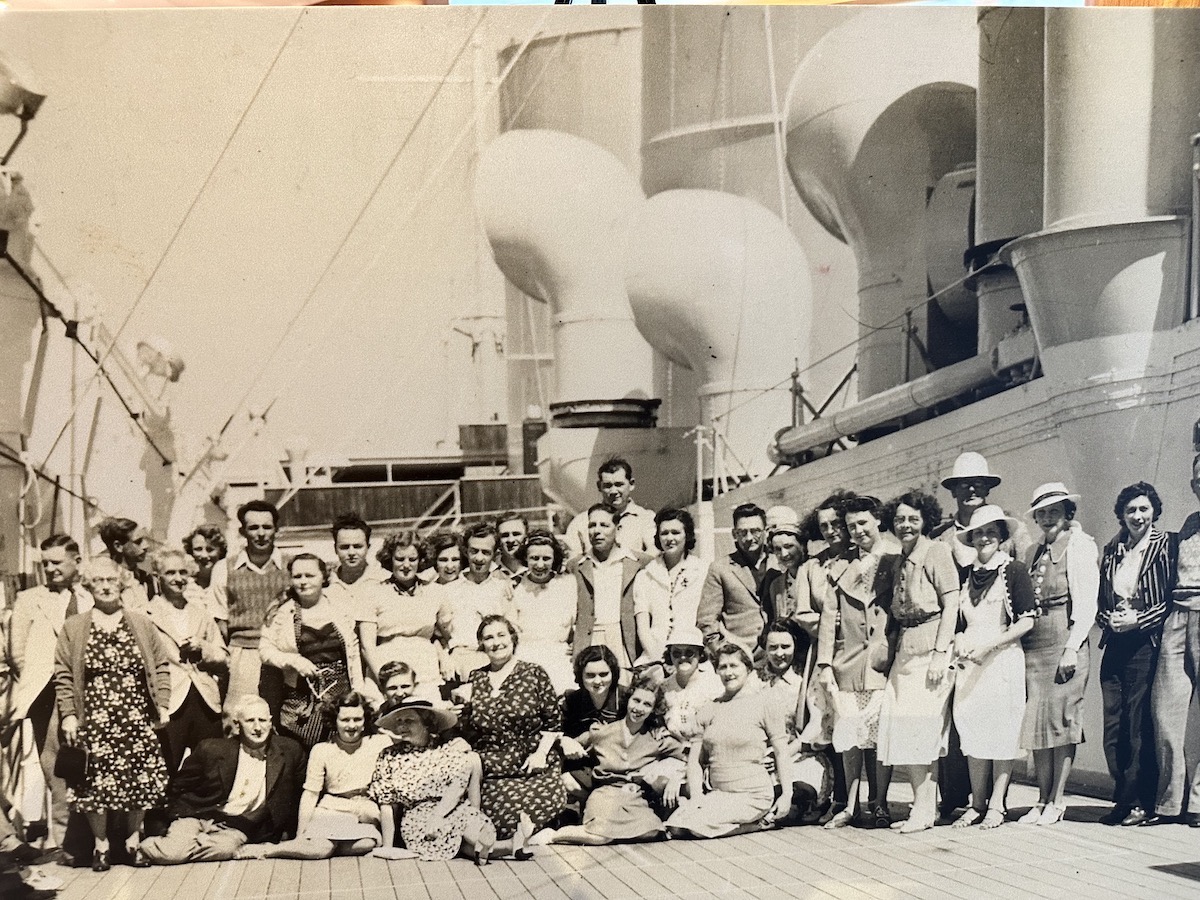
Australian cruisings’ hard times
But P&O Australia was not always the country’s darling. Two decades ago, the death of a 42-year-old mother, Dianne Brimble, caused a furor, sparked an inquiry, and led to an enormous change in cruise culture.
That change was led by Ann Sherry, one of corporate Australia’s top executives and a rising star of banking, recruited to create a sea change in an industry that had lost its way.
Ms. Brimble died aboard a P&O Cruises ship from a drug overdose. Wikipedia records she was neglected and received callous treatment at the hands of passengers. The culture aboard cruise ships, which had been selling cheap “booze cruises”, was a long away from today’s family fun ships.
Sherry, who was at Brisbane’s P&O birthday party, is now chair of Queensland Airports, Chancellor of Queensland’s University of Technology, chair of UNICEF Australia, and a non-executive director of NAB. Her 11 years and nine months as CEO and Chair of Carnival Australia, owners of P&O Australia, doesn’t even appear on Page 1 of her LinkedIn profile.
But it is a crowning era of her career, nonetheless.
She spoke to Cruise Passenger about her part in creating the industry that now ranks among the world’s most successful.
Her view of today’s P&O? She says with obvious pride: “They’re offering more, they’re chasing more and I think they’ve still got their very loyal clients. So I think it’s really in pretty good shape.
“It’s also true to the Aussie tradition of cruising, isn’t it?”
Sherry refers to P&O as the ‘anchor tenant’ of just about every port in Australia.
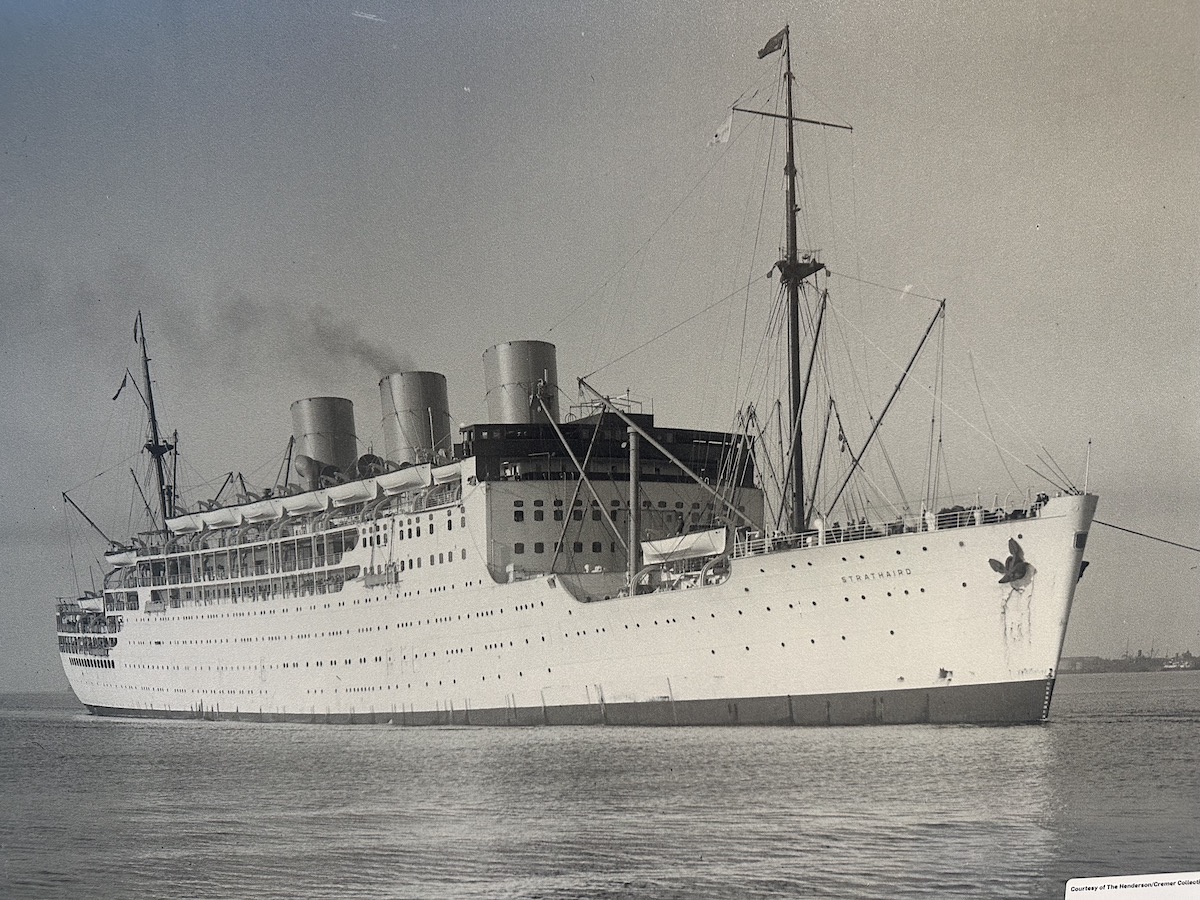
How it all started
So what brought the successful banker to Australian cruising, an industry that had problems with infrastructure, culture, and a huge problem with public perception after the Brimble case?
“Well, everyone thought I was mad,” she recalls today. The overwhelming question in the first year I was in the job was: Why on earth would you have taken this job?
“And my answer always was and still is that you could see the potential.
“When Carnival was talking to me, I went and had a look at Miami. And I saw ordinary everyday Americans schlepping down to Miami from all over the country, to go to exotic places. And, do it in a way that was affordable. It was fun.
“I had a look at a few of the brands. But the Carnival ships were an appealing product and really well suited to the market. Back in Australia, there were reputational issues.
“But why couldn’t we be as successful as the Americans?
“My motivation was to help with those issues because I thought I could do that.

“And secondly, to make it a really important part of tourism. There wasn’t a lot of choice so it was important to broaden the tourism offering locally.
“Cruising was an opportunity firstly for the P&O customers.
“Then of course, as I got my feet under the table, we set out then to bring more of the brands into the market. That grew the whole market. Not just the ships that were domiciled in Australia.”
The rise of the Princess into one of the region’s biggest was one of the significant achievements.
“It really was extraordinary. It almost supplanted P&O and became the nation’s brand. There were more ships and they were really revered. The brand was considered to be up there – classy, and aimed at a different group of customers.”
The rise of Australian cruising
She introduced not just Princess but Holland America and Cunard – which now homeports through the summer.
“The discipline really is to have the right customers on the right brand at the right price,” she says.
“Princess grew hugely because previously there’d been nothing for that segment of the market. And that was a big untapped travel segment.
“My mother loved Princess, she loved going on those ships. She loved playing bridge. She loved the companionship of people who were like her.
“And she just hadn’t been able to do it here before. But no one in my mother’s age group would have gone on a P&O ship. I came in because it was so targeted at a young, heavy drinking market.”
The big change was to make P&O a family favourite.
“Changing the P&O customer focus. It was less about heavy drinking, and less about young under thirty. It was more about families and being clear about the Princess market, which was a slightly older demographic.”
Princess Cruises virtually opened the New Zealand market. Then introduced world cruises out of Australia.
Sherry is not shy of talking about the biggest problem she confronted in cruise a decade ago. It was virtually an all-male industry.
They were most put out when the brash boss of Carnival predicted there could be a million cruisers in Australia.
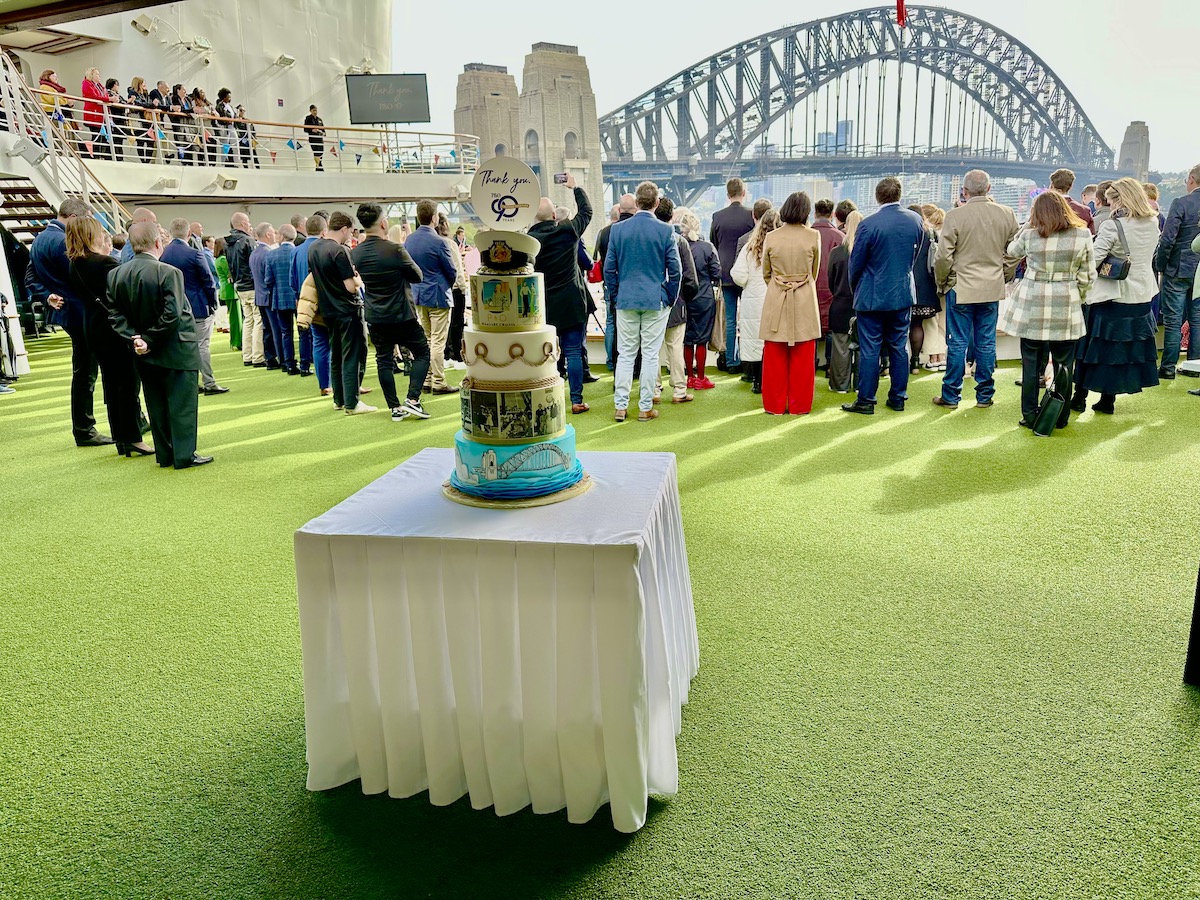
The first million passengers
“I said we’d have a million passengers by 2020 – and we had a million passengers by 2015,” she recalls.
“I think the reason cruising hadn’t grown was the conservatism everywhere. The business was run by good people. But not much feel for the customer. Any business that’s claiming discretionary spend needs to know its customers really, really well.
“That was my sweet spot. Getting out and talking to people, getting customers in, and listening to them. Then, getting good people into my team who were as ambitious as I was.”
For Sherry, conservatism was the problem with the Australian cruise industry. “They were just stuck, whether they were men or not, they were stuck. It was stuck in an old paradigm, old ways of doing things.
“I didn’t come out of the industry. I didn’t come out of the sector, but I tell you what: I can see business and there was so much business to be had that we just hadn’t even thought about.”
She opened 50 new ports in seven years and worked hard to bring communities with her.
“We started all that work thinking about what’s the benefit for them and how do we create markets. But most of all, how do we get communities more engaged in the sector and see the benefit for themselves?
“Initially, people said, oh God, why would we want cruise ships to come? And then suddenly they say, actually, we’d love you to come and see us as well.
“So those issues that we knew we had to address would ultimately give us momentum to get to three million, not just one, right?”
Working with the community
Sherry looks at ships like Icon of the Seas, the new biggest ship from Royal Caribbean, and wonders what it means for the communities onshore – something that was a passion when she was growing Australia’s footprint into the Pacific and places like Papua New Guinea and Fiji.
“Any business that says to a community: We’re good for you. So suck it up. We’re coming your way begs the pushback. Because all communities are now saying, well, what is in it for us?
“Do our streets get crowded for a couple of days or is there more? Because the Pacific was small, and the communities were small, we realised from the outset we couldn’t say we’re bringing a few people to your beach.
“So we asked: how do we create opportunities? How do we do it in a way that makes those communities feel as though they’ve got some ownership of it? And what do we give them in return for their hospitality?”
She recalled it was an essential policy in winning over New Zealand.
It’s a philosophy that, ten years on, is now the sustainable catchcry.
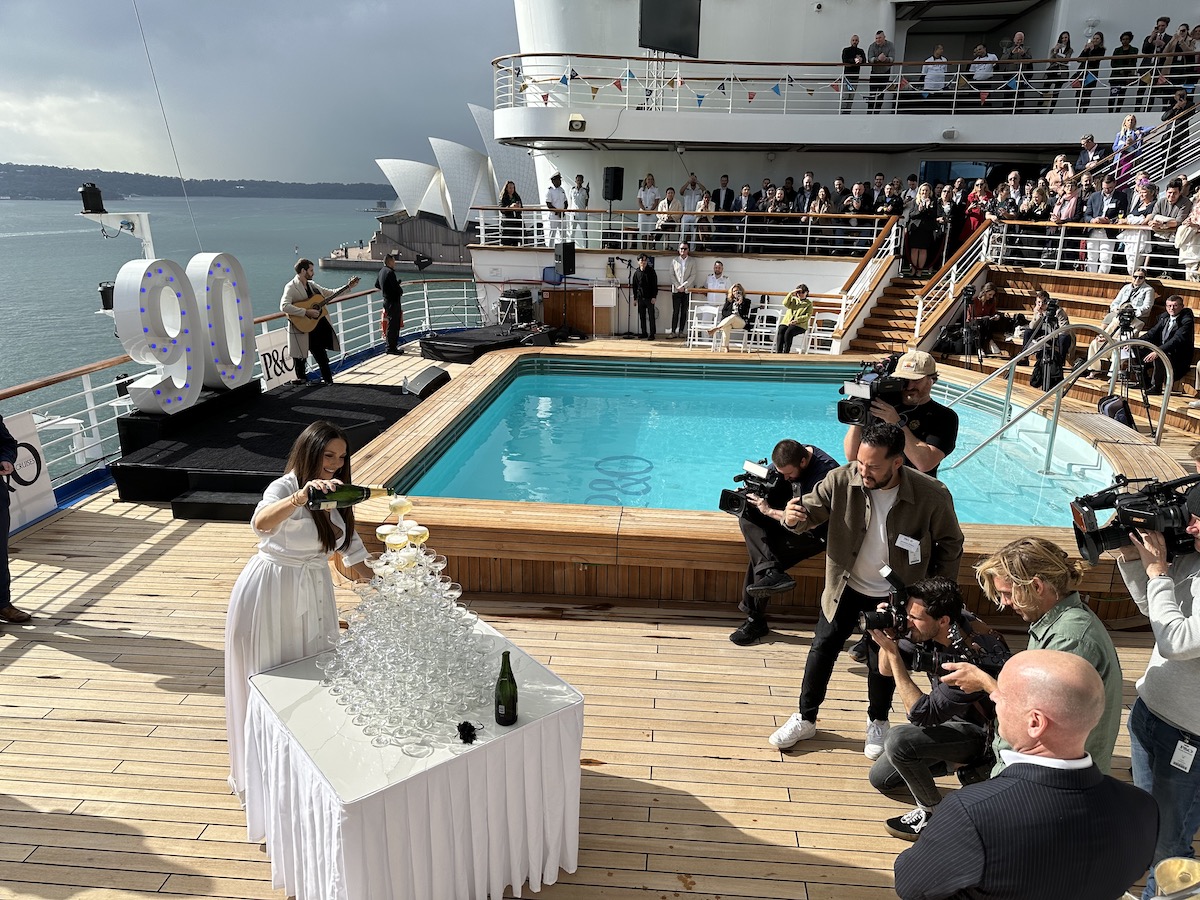
Icon of the Seas challenge
So how can lines with ships like Icon of the Seas emulate that policy?
“I think it’s going to be challenging for the whole sector because there’ll be some people who love the idea of it and there’ll be lots of people who hate it.
“I think in small places, they will struggle with that many people turning up. So I think we’ll start to see some of the stuff that’s potentially happening in European cities in much smaller places.”
“It will require some left-field thinking and we’re not an industry that’s really been that good at that”.
Onwards to five million
Today, Sherry is asking questions about how to cope with five million cruise passengers.
“We know that Brisbane has the capacity to put another berth in at the mouth of the river. We were already looking at two, maybe three homeported ships out of Brisbane.
“Sydney, we still haven’t sort out. But if you got Garden Island, then Sydney actually could be a much bigger turn port as well.
“We live on the edge of the most astonishing part of the world.
“For short and long cruises, there are probably other places that we could go to help support our Pacific neighbours to grow their economies. We need to support them to improve their tourism offerings and also support them by hiring more of our people from those markets.”
Sherry regards the pandemic, and the running out of the P&O fleet from Sydney under armed police escort as an important milestone.
She had argued to have the ships flagged Australian – but it never happened.
But the recovery “is a testament to the strength of the teams and the brand and, and people’s commitment to the business.”
“It’s such an exciting business. It’s a great people, business. It is resilient. And, you know, we can tell the story of the impact we’ve had positively in the places we’ve gone and for local businesses and ports in Australia.”
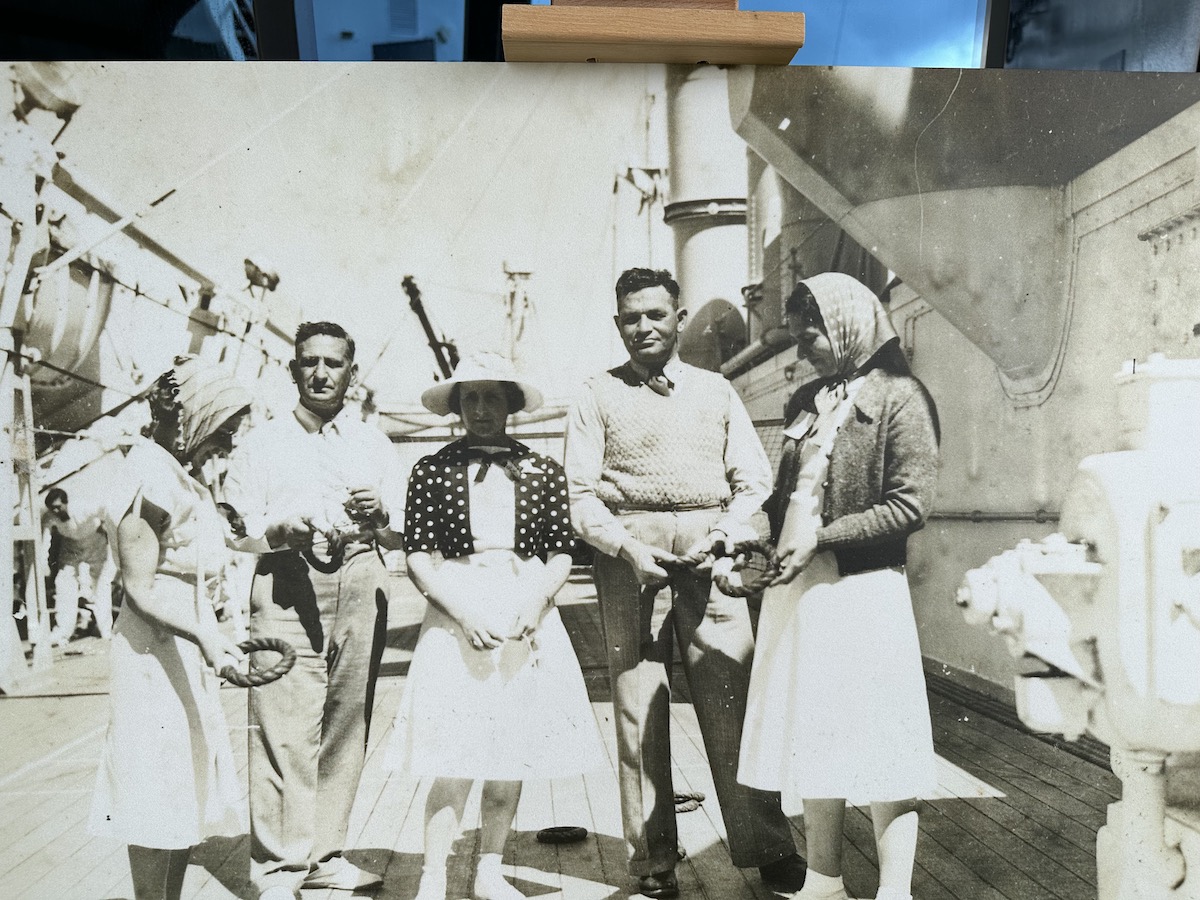

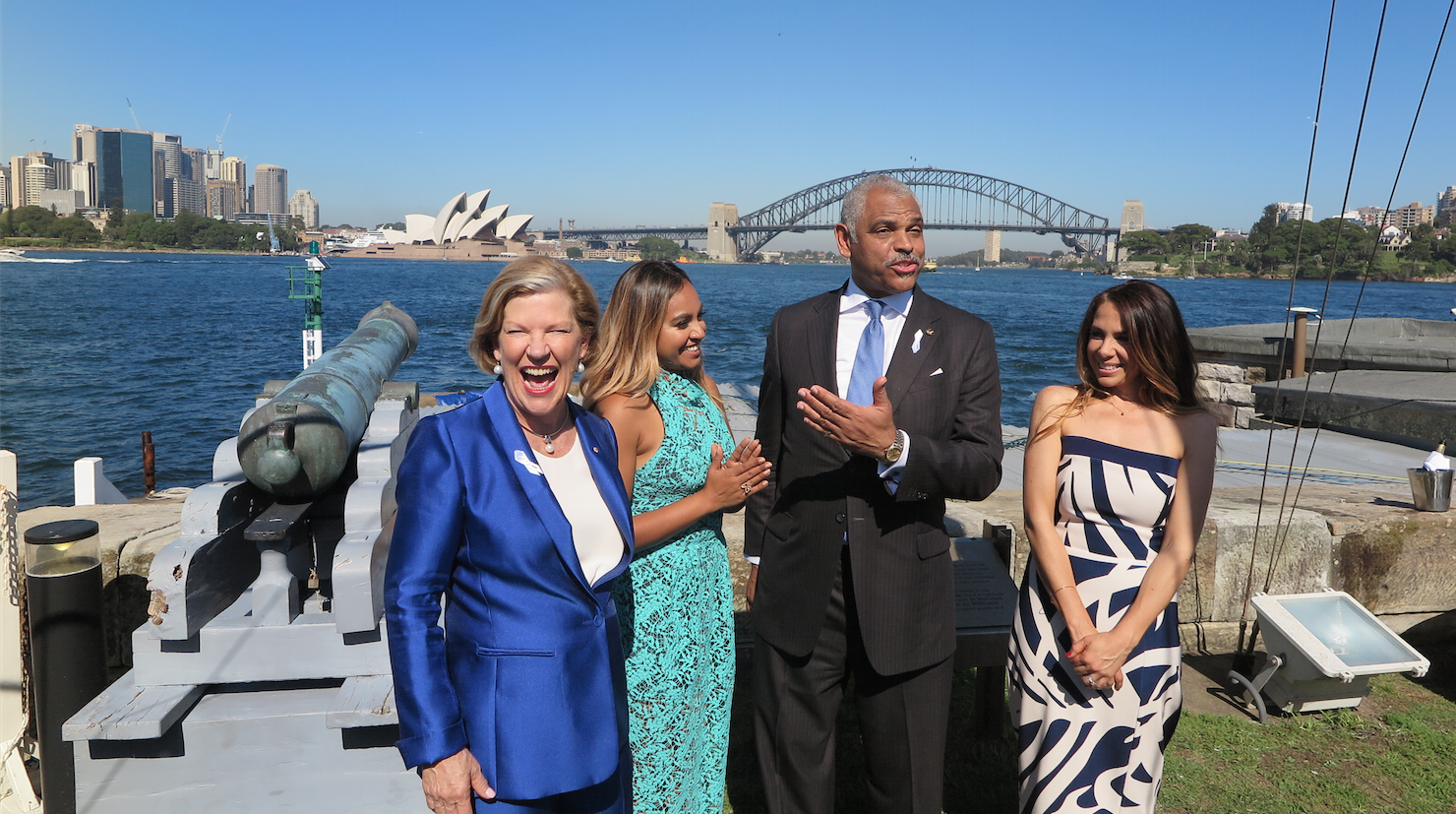




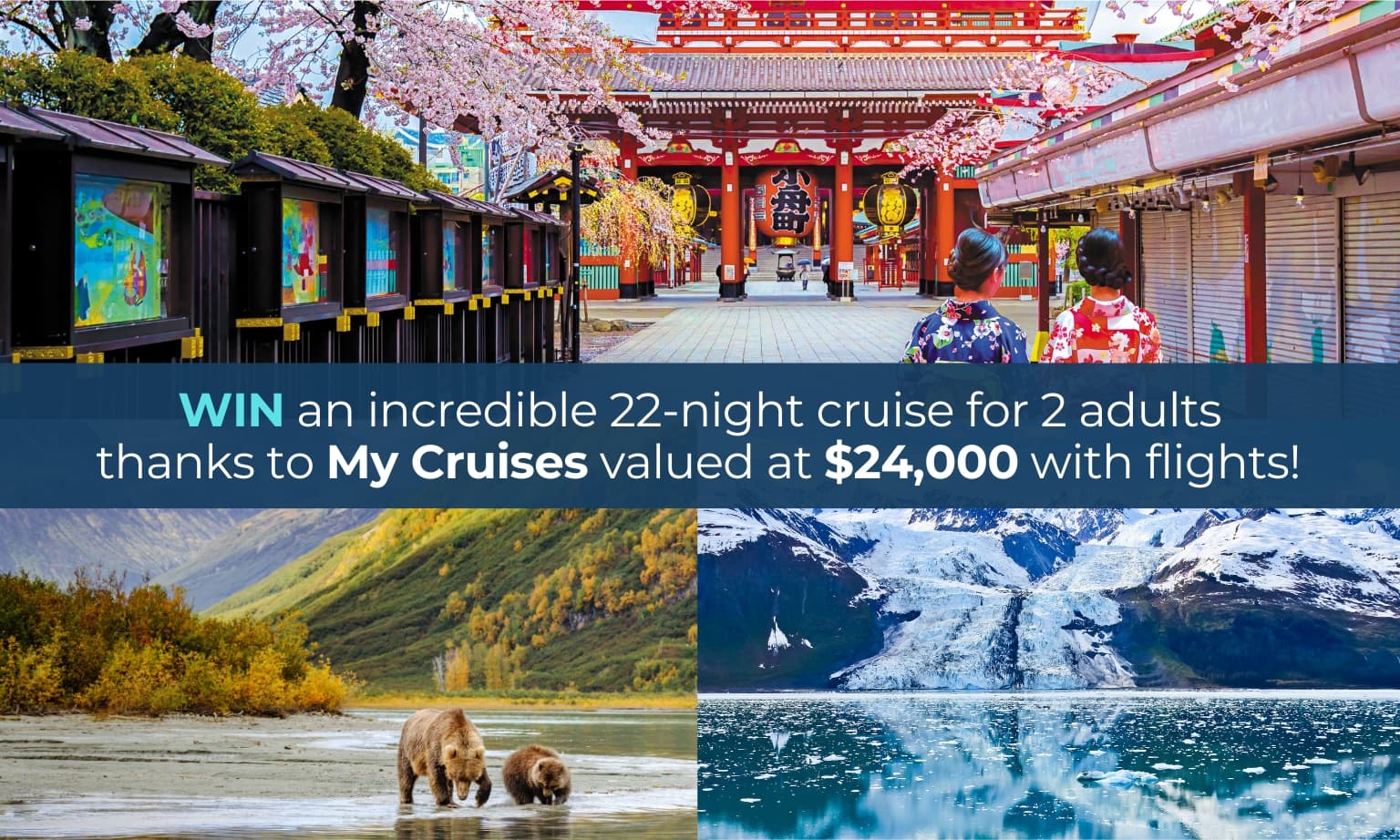
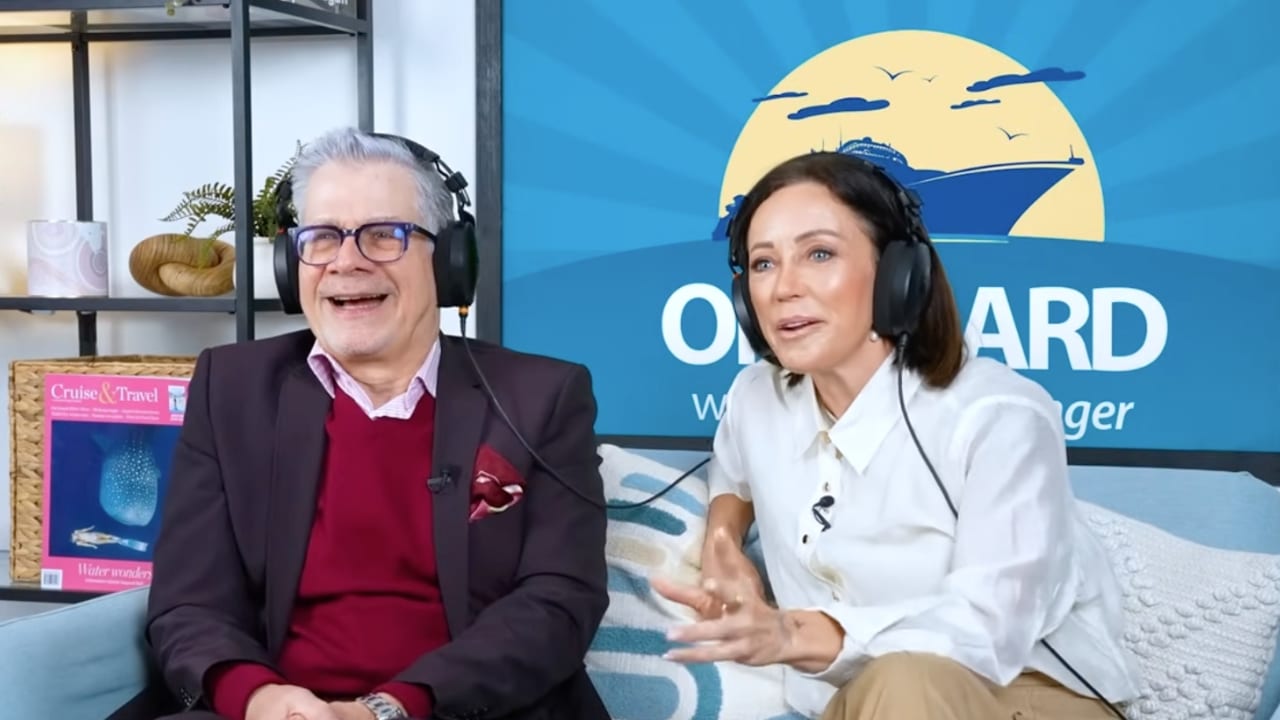
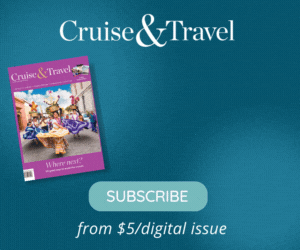
P&O have gone a long way…backwards… in recent years. The booking process worse than it was 2015 and i look but find their offer so unappealing. You cant choose cabins ? and are assigned one and that includes the deck level which is a no go for me, drink packages arent close to competitive (rip off) , destinations are either short or pacific…yawn. Meanwhile there are so many better choices. Other lines include more or bundle it but P&O are doing it the old way without good local staff.
I suggest Ann Sherry takes a cruise on one of the Oasis class RCL ships and any NCL ship. We’ve been on Island Princess, Regal Princess (twice), Dawn Princess, Sun Princess, Oasis of the Seas, Symphony of the Seas, Rhapsody of the Seas, Voyager of the Seas, Ovation of the Seas, Queen Mary 2, Norwegian Bliss and a river cruise.
The worst for us?
QM2. Many reasons. They achieved that in just 3 nights from Southampton to Hamburg. Even Cunard’s regulars were very unhappy. Never again.
The best all round for us?
Oasis and Symphony by far. Great ship design and layout. Great entertainment. Great activities. Plenty of good food choices included in free venues. Regal Princess (say 4,500 pax) was far more crowed and harder to negotiate (especially getting to the dining rooms) than Oasis or Symphony (say 6000 pax) simply because RCL knows how to design ships, handle big numbers on ships (multiple simultaneous activities spread out across many locations) and handle numbers in ports (boarding, visiting and disembarking). For ALL RCL ships – including Ovation, Oasis and Symphony we arrived, joined the line and were on board in about 20 minutes. For Regal and other Princess ships we had to ‘wait our turn’ for our booked time which could not be changed. When we flew in same day, that meant hours. Quickest ships to get off and back on in ports? RCL and NCL no matter what size ship.
Best show entertainment?
RCL – any ship. The ice shows and water shows (only some ships) are excellent and not found on any other liners. Add on Broadway quality shows like Hairspray.
Best food?
Norwegian. Bliss was excellent. Including free venue options, menu choices, quality of food and adaptability to my diet, etc. Past passengers told us it was typical of all NCL ships. RCL close behind. Princess was good.
Best cabins?
It depended on which ship rather than which liner and whether we booked a balcony, outside or inside. Best insides are RCL with virtual balcony (door size screen with live feed from outside). Best balconies? – all of them except Dawn Princess (now P&O).
Ships too big for some ports?
In the Baltic, Europe and USA there can easily be 5 or 6 ships in port. By then, the size of the ships does not matter. In Venice we arrived two days before the Regal Princess arrived. We got around Venice easily. Once the ship arrived – the only ship in port – it was shoulder to shoulder and line ups everywhere. In PNG even the Sun Princess (say 2000 pax) overwhelmed many ports. Also, locals lost their public transport to ship excursions. Rest assured RCL knows how to match ships to ports as best as can be done.
Best staff?
Generally good on all ships except QM2. If there was a problem, RCL staff were best by far.
Best for feedback and problem solving?
RCL and NCL. They listen and act quickly. Eg RCL damaged a friend’s case on boarding and offered a new replacement on board. From case arrival to replacement about 20 minutes. The fact that it was old, etc did not matter. Detailed post cruise feedback was rewarded within days with thanks by phone and onboard credit – for four people – for next cruise. Took weeks with Princess and Cunard. First encounter – always I was wrong. Email and phone exchanges over weeks and eventually they looked at my evidence and admitted I was right. Only then would they consider what to do. Other passengers says the same.
I loved this story P&O Himalaya one of my first loves.
My flatmate at the time worked in the shops on board P&O ships and one of the guys in the flat above us worked in the P&O office in Sydney. This was in the 70’s. I cruised from UK to Australia as a ten pound Pom in the 60’s and that is where my love for cruising started.
I ended up marrying a crew member who left P&O and emigrated to Australia.
I still love cruising and find it one of the best ways to travel.